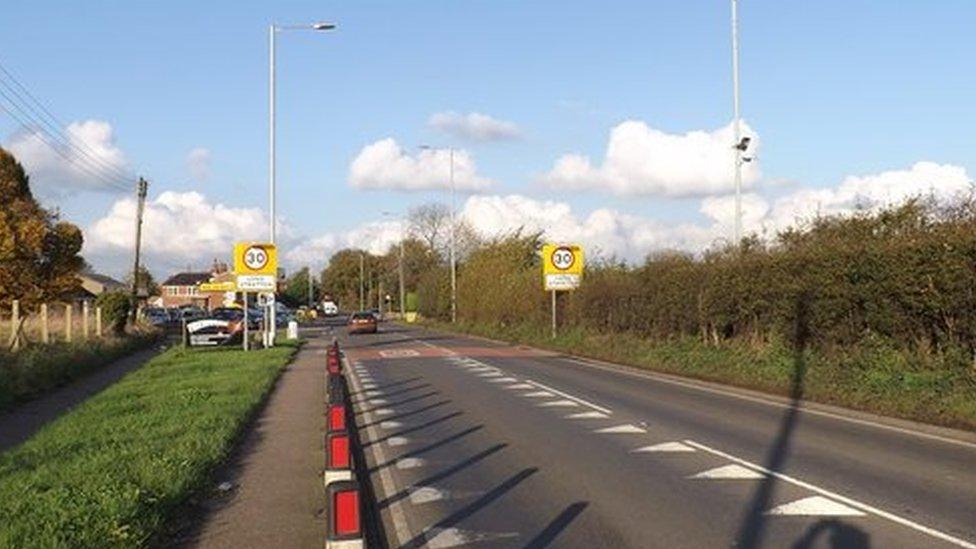Views sought on transport plan for Essex, Norfolk and Suffolk
- Published
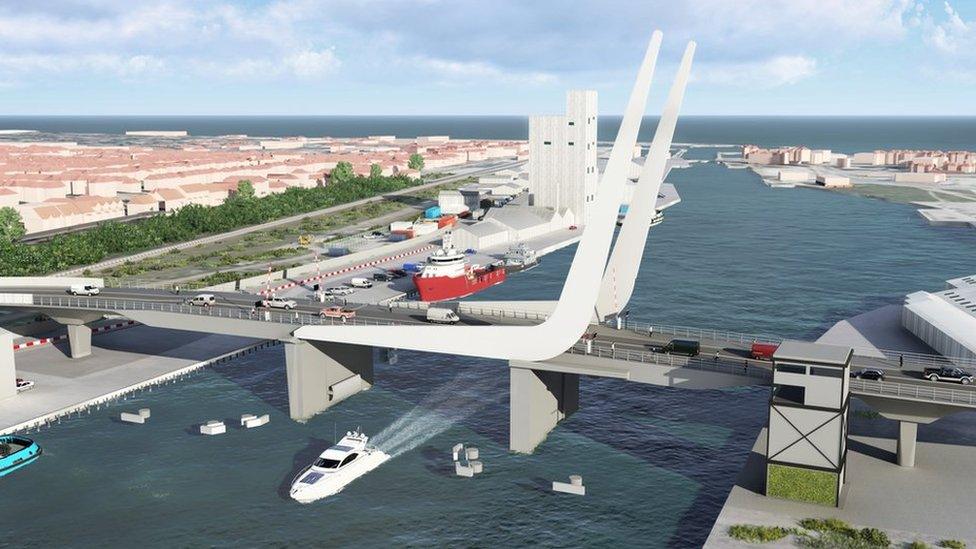
Work on Lowestoft's Gull Wing bridge and the benefits it will offer have been identified as important to the region's transport strategy
Six major routes have been singled out for development as part of a regional transport plan for the next 30 years.
They were among 55 priorities identified as in need of investment by Transport East, which covers Suffolk, Norfolk and Essex.
An eight-week public consultation on the partnership body's strategy will be launched on Thursday.
"This is setting the direction for the region's transport for... 30 years," said Esme Yuill, of Transport East.
"It is really important that we understand the challenges, the issues and the views of our communities."
She added that the blueprint - to be published next spring - could help to improve people's quality of life and opportunities, as reported by the Local Democracy Reporting Service.

The six key transport corridors identified in the plan:
Great Yarmouth - Norwich - King's Lynn - Midlands
Suffolk coast and Norwich - Ipswich - Colchester - Chelmsford - London
Norfolk and Suffolk - Cambridge - Midlands - South West
Harwich and Clacton - Colchester - Braintree - Stansted
King's Lynn - Cambridge - Harlow - London
South Essex - London - Thurrock - Basildon - Southend

The plan is focused on four areas: achieving net zero carbon, connecting towns and cities, energising rural and coastal communities and unlocking international gateways.
Its 55 priorities for investment include projects already under way like the Lowestoft Gull Wing bridge and those in development such as the A14 Copdock developments and Great Eastern Main Line upgrades.
Among ambitions for the improvements will be reducing carbon-intensive trips, encouraging the switch from cars to public transport, promoting more sustainable fuels and creating faster and more reliable transport connections.
Other proposals include better connections for coastal towns - including cycling and walking routes, shifting freight transport to rail and short sea trips, 100% electrification of rail routes to and from ports, and better transport to and from airports.
Details on public webinars and the consultation are available on Transport East's website, external.

Find BBC News: East of England on Facebook, external, Instagram, external and Twitter, external. If you have a story suggestion email eastofenglandnews@bbc.co.uk
- Published29 November 2021
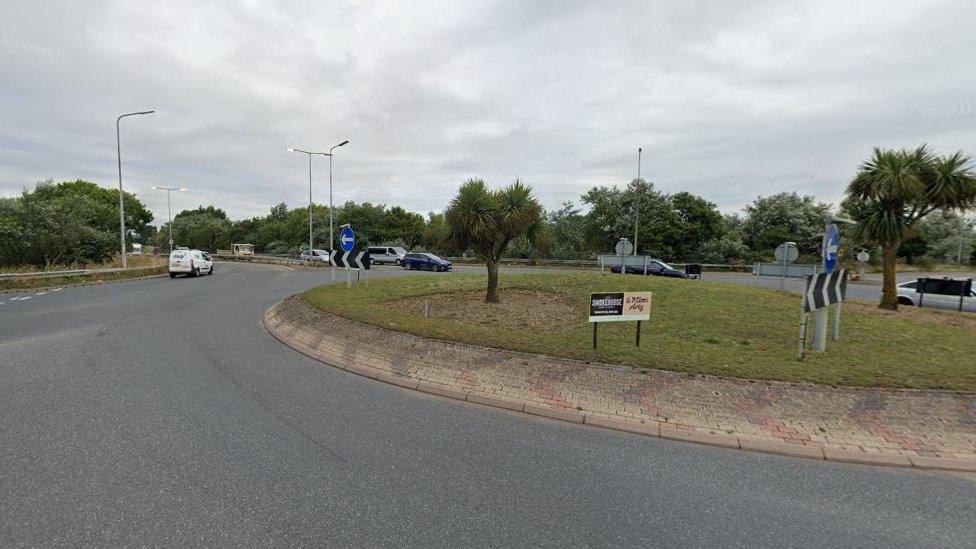
- Published20 November 2021

- Published29 October 2021
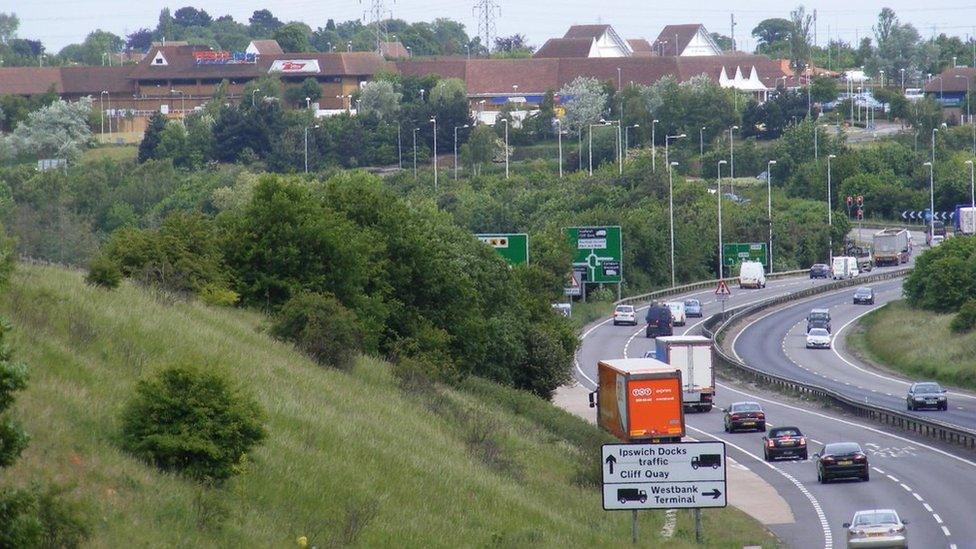
- Published29 October 2021

- Published13 October 2021
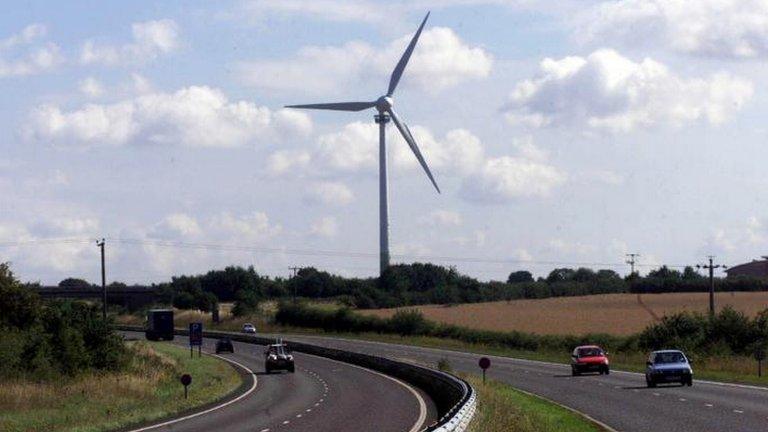
- Published24 July 2021
